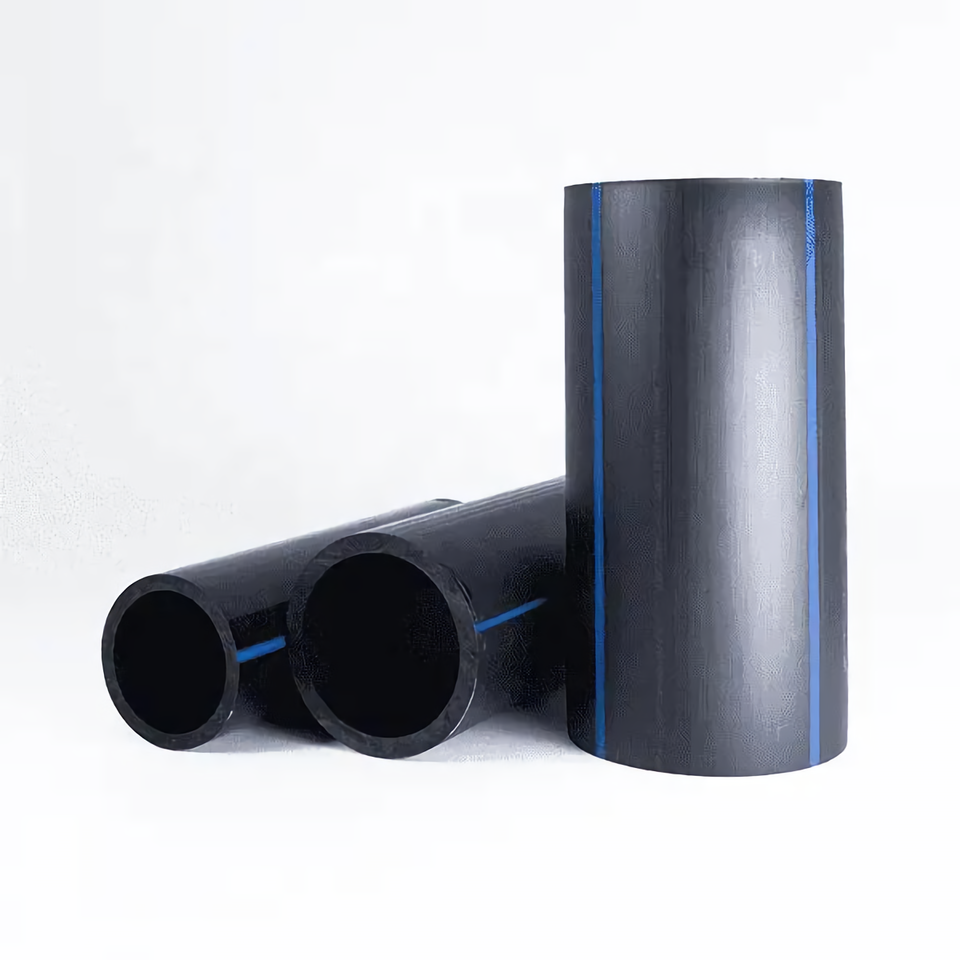As North America faces growing challenges in maintaining and upgrading its water and sewer infrastructure, innovative solutions are becoming increasingly essential. One such solution is the adoption of flexible pipes, particularly Polyethylen hoher Dichte (HDPE) pipes, which offer a multitude of advantages over traditional pipe materials.
Key Advantages of HDPE Pipes
- Resistance to Cyclic Stresses: HDPE pipes are engineered to endure repeated loading and unloading cycles without losing structural integrity. This resilience makes them ideal for applications subject to dynamic conditions, such as fluctuating water pressures and environmental changes.

- Ability to Withstand Dynamic Surge Events: HDPE’s inherent flexibility allows it to absorb shocks and withstand larger dynamic surge events. This is particularly beneficial in areas prone to water hammer effects, ensuring a more reliable infrastructure.
- Seismic Resistance: In regions susceptible to seismic activity, HDPE pipes provide an exceptional advantage. Their flexibility enables them to accommodate significant differential settlements, reducing the risk of damage during earthquakes.
- Korrosions- und Chemikalienbeständigkeit: Unlike traditional materials, HDPE pipes do not require protective coatings to guard against corrosion or chemical attack. This feature not only simplifies installation but also reduces long-term maintenance costs.
- Superior Flow Characteristics: HDPE pipes exhibit the highest average C-value (roughness factor) among available materials, promoting better flow characteristics. This results in improved efficiency in water transport and reduced energy costs for pumping.
- Strong Fusion Joints: The fusion joint in HDPE piping systems is the strongest part of the pipe, eliminating the weaknesses associated with mechanical joints. This ensures greater reliability and longevity in the infrastructure.
A Call to Action for Infrastructure Designers
For engineers and designers tasked with developing water and sewer infrastructure, the advantages of HDPE pipes cannot be overstated. Their flexibility, Haltbarkeit, and performance characteristics position them as a superior choice for modern applications.
If you’re considering the design or upgrade of any water infrastructure projects, I encourage you to reach out for detailed case studies and Key Performance Indicator (KPI) comparisons with traditional pipe materials. The data can provide valuable insights into the long-term benefits of adopting HDPE pipes in your projects.
In conclusion, as we look towards a sustainable and resilient future for North American water and sewer infrastructure, embracing flexible pipes like HDPE is a forward-thinking strategy that promises enhanced performance and reliability. Let’s work together to transform our infrastructure for the better.
 Zhongtong HDPE PIPE System Professioneller Lieferant
Zhongtong HDPE PIPE System Professioneller Lieferant